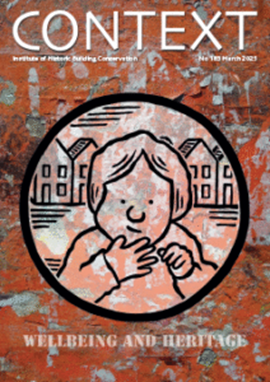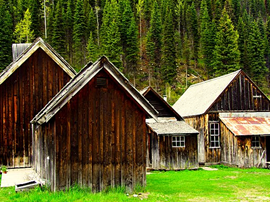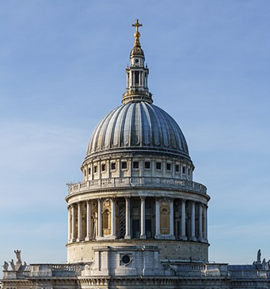Journal of Historic Buildings and Places Vol 2 2023

|
| Cleveden Court, Somerset (Photo: Celuici, Wikimedia). |
The Journal of Historic Buildings and Places (Vol 2, 2023), running to 166 pages, reflects the role of what was the Ancient Monuments Society in campaigning for buildings of all periods. Subjects range from the 14th-century Clevedon Court, Somerset, to a reconsideration of the Victoria Centre shopping megastructure, Nottingham, on the 50th anniversary of its opening, and the loss by fire in 1994 of the late- 1950s Norwich Central Library.
These cases help provide a context for the buildings that were considered worth campaigning for at the start of heritage protection; ones now lost to us; and those of the modern era that might justify a re-evaluation in the light of heritage protection reform, particularly where evolution in response to commercial and other pressures may have devalued the special architectural or historic interest to the point of denial of protection.
In the case of Clevedon Court, it was the efforts of the owner to save his family home from probable demolition shortly after the Historic Buildings and Ancient Monuments Act 1953 came into force. Shortly after, the Historic Buildings Council for England (a department of the Ministry of Works) was established, and Clevedon was one of the earliest test cases for its operation and the effectiveness of the new Act. This involved tortuous negotiations over a further six years (also involving the SPAB, the National Trust and the Treasury) as they all juggled conflicting requirements and priorities. The chronicling of this case puts into perspective evolution of statutory protection and more recent heritage protection reforms, some parts of which are perhaps now taken for granted.
The lost Norwich Central Library is a particularly interesting post-war case. The received view of the building was that it was banal, brutal and ill-favoured. But it should perhaps be considered in the context of the 1959 report of the Committee of Public Libraries, and procurement within the social and political auspices of the post-war welfare state. That might prompt reflection of other difficult buildings of that era.
Particular attention in this issue of the journal should be paid to the paper by Pete Smith, formerly a senior architectural investigator with Historic England. He provides (possibly) the definitive illustrated history and lengthy gazetteer of balconies or pergolas in 17th-century England. The paper looks at their architectural derivation and their Italian origins, and lists the locations of 198 balconies on 128 buildings.
This article originally appeared in the Institute of Historic Building Conservation’s (IHBC’s) Context 177, published in September 2023.
--Institute of Historic Building Conservation
Related articles on Designing Buildings
IHBC NewsBlog
IHBC Context 183 Wellbeing and Heritage published
The issue explores issues at the intersection of heritage and wellbeing.
SAVE celebrates 50 years of campaigning 1975-2025
SAVE Britain’s Heritage has announced events across the country to celebrate bringing new life to remarkable buildings.
IHBC Annual School 2025 - Shrewsbury 12-14 June
Themed Heritage in Context – Value: Plan: Change, join in-person or online.
200th Anniversary Celebration of the Modern Railway Planned
The Stockton & Darlington Railway opened on September 27, 1825.
Competence Framework Launched for Sustainability in the Built Environment
The Construction Industry Council (CIC) and the Edge have jointly published the framework.
Historic England Launches Wellbeing Strategy for Heritage
Whether through visiting, volunteering, learning or creative practice, engaging with heritage can strengthen confidence, resilience, hope and social connections.
National Trust for Canada’s Review of 2024
Great Saves & Worst Losses Highlighted
IHBC's SelfStarter Website Undergoes Refresh
New updates and resources for emerging conservation professionals.
‘Behind the Scenes’ podcast on St. Pauls Cathedral Published
Experience the inside track on one of the world’s best known places of worship and visitor attractions.
National Audit Office (NAO) says Government building maintenance backlog is at least £49 billion
The public spending watchdog will need to consider the best way to manage its assets to bring property condition to a satisfactory level.
















